
Even in their preferred choice of mass killing, the Nazis used a poison originally designed to kill insects and other pests, and that is the clearest indication of what they thought of their victims. Zykon B was the brand name for a hydrogen cyanide-based chemical compound initially created as a pesticide and rodenticide in the early 1920s in Germany.
In this piece I want to focus more on the companies involved in making this agent of death, ironically there is a Jewish link.
Zyklon-B was developed by German chemists Walter Heerdt, Bruno Tesch, and Gerhard Peters in the early 1920s and patented in 1926. It was manufactured by two German companies: Tesch and Stabenow (which was based in Hamburg) and Degesch, a subsidiary of Degussa.
In 1930, Degussa ceded 42.5 per cent ownership of Degesch to IG Farben and 15 per cent to Th. Goldschmidt AG, in exchange for the right to market pesticide products of those two companies through Degesch. Degussa retained managerial control.
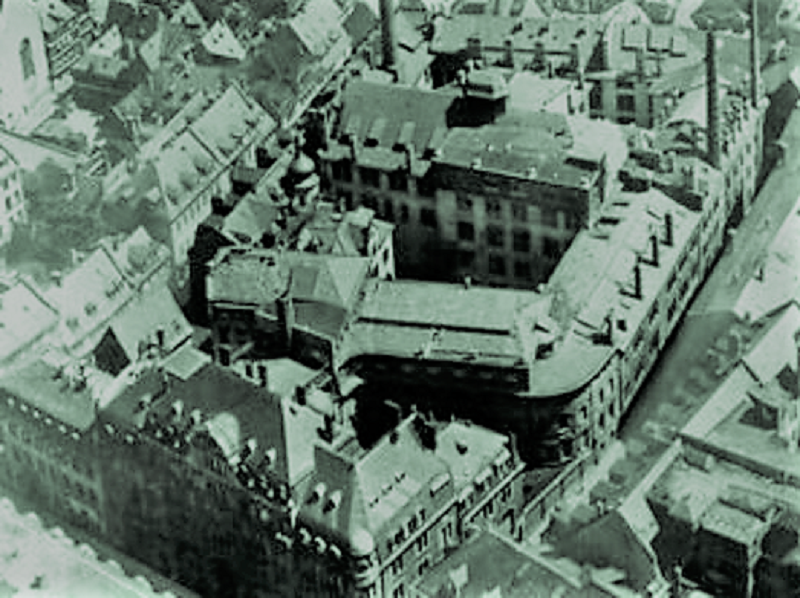
I mentioned a Jewish link earlier on, The aforementioned company Th. Goldschmidt AG, was founded by Theodor Goldschmidt. He was a German-Jewish entrepreneur and chemist.
Goldschmidt studied chemistry at the University of Berlin and then trained as a colourist, a specialist in dyeing textiles. In 1834, he converted to Protestant Christianity. On 8 December 1847, he founded a chemical factory in Berlin. In 1911, it became “Th. Goldschmidt AG”. His Grandson Theo was at the helm of the company between 1922 and 1958.
During World War II, IG Farben used thousands of forced labourers from the Auschwitz-Monowitz camp at its factory there. It was its subsidiary Degussa which produced Zyklon B, which was used to kill prisoners in gas chambers. Several Nobel prize-winning scientists also worked for the company during its history.
IG Farben was once the world’s largest chemicals company and the Allied powers ordered it dismantled after 1945. Several of IG Farben’s top executives were tried in Nuremberg and imprisoned at the time. Companies including BASF, Bayer, Agfa and Hoechst (now part of French Sanofi) were formed from the fragments of IG Farben.
The other companies are now trading under the trade name “Evonik”
In March 1946, Bruno Tesch -the chief chemist-was tried jointly with Weinbacher and Drosihn. The prosecutor was British Army Major Gerald Draper, who argued that Tesch knew the SS was using Zyklon B to systemically exterminate human beings, and had chosen to continue selling massive quantities of the gas to them. Draper’s first witness was Emil Sehm, who discussed the report he had found.
The prosecutor presented several other witnesses who backed the existence of the report:
Erna Biagini, a former secretary of the firm who had been in charge of the registry, claimed to have read, in “approximately 1942,” a travel report from Tesch which stated that Zyklon B could be used for killing human beings as well as vermin.
Anna Uenzelmann, another secretary, said that in June 1942, after dictating a travel report on returning from Berlin, a seemingly horrified Tesch told her that Zyklon B was being used to gas people.
Karl Ruehmling, who had been a bookkeeper and assistant gassing master for the firm, said that Zyklon B was sent by Tesch to Auschwitz, Sachsenhausen, and Neuengamme. Auschwitz received the largest amounts of gas. According to another witness, Drosihn had once visited the camps. Afterwards, he reported to Tesch. Drosihn told his boss that he saw things “unworthy of human dignity.” However, the Zyklon B sales continued. Draper presented an affidavit from a high-ranking German government official showing that in 1943, it was common knowledge in Germany that gas was being used to kill people, albeit Zyklon B was not the only gas being used.
Walter Freud, Grandson of Sigmund Freund, was the first person to interrogate Bruno Tesch
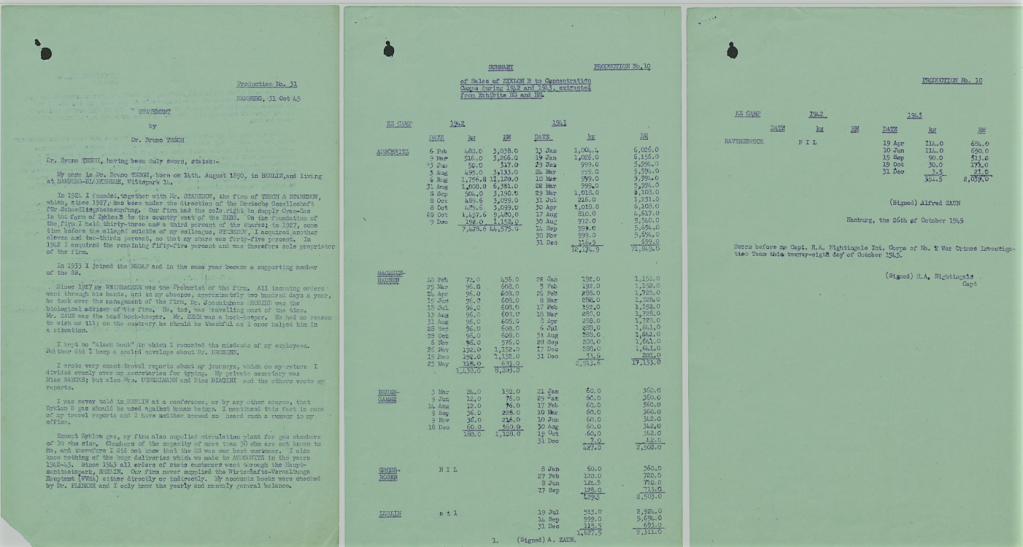
Below is the transcript of the statement at the trial of Bruno Tesch.
STATEMENT
“By
Dr Bruno TESCH
Dr Bruno TESCH, having been duly sworn, states:–
My name is Dr Bruno TESCH, born on 14th August 1890, in Berlin, and living at HAMBURG-BLANKENESE, Wittspark 14.
In 1924 I founded, together with Mr STABENOW, the firm of TESCH & STABENOW, which, since 1927, has been under the direction of the Deutsche Gesellschaft für Schaedlingsbekaempfung. Our firm had the sole right to supply Cyan-Gas in the form of Zyklon B to the country east of the ELBE. On the foundation of the firm I held thirty-three and a third per cent of the shares; in 1927, sometime before the alleged suicide of my colleague, STABENOW, I acquired another eleven and two-thirds per cent, so that my share was forty-five per cent. In 1942 I acquired the remaining fifty-five per cent and was therefore, the sole proprietor of the firm.
In 1933 I joined the NSDAP and in the same year became a supporting member of the SS.
Since 1927 Mr WEINBACHER was the Prokurist of the firm. All incoming orders went through his hands, and in my absence, approximately two hundred days a year, he took over the management of the firm. Dr Joachimhans DROSIHN was the biological adviser of the firm. He, too, was travelling most of the time. Mr ZAUN was the head bookkeeper. Mr SEHM was a bookkeeper. He had no reason to wish me ill; on the contrary, he should be thankful as I once helped him in a situation.
I kept no ‘black book’ in which I recorded the misdeeds of my employees. Neither did I keep a sealed envelope about Dr DROSIHN.
I wrote very exact travel reports about my journeys, which on my return I divided evenly over my secretaries for typing. My private secretary was Miss RATOKE, but also Mrs UENZELMANN and Miss BIAGINI and the others wrote my reports.
I was never told in BERLIN at a conference, or by any other source, that Zyklon B gas should be used against human beings. I mentioned this fact in none of my travel reports and I have never spread no[r] heard such a rumour in my office.
Except for Zyklon gas, my firm also supplied a circulation plant for gas chambers of 10 cbm size. Chambers of the capacity of more than 50 cbm are not known to me, and therefore I did not know that the SS was our best customer. I also know nothing of the huge deliveries which we made to AUSCHWITZ in the years 1942-43. Since 1943 all orders of state customers went through the Haupt-sanitaetspark, BERLIN. Our firm never supplied the Wirtschafts-Verwaltungs Hauptaert (WVHA) either directly or indirectly. My accounts books were checked by Dr PLINKER and I only know the yearly and monthly general balance.
SUMMARY PRODUCTION No. 10
Of sales of ZYKLON B to Concentration Camps during 1942 and 1943, extracted from Exhibits HG and HH.
KZ Camp 1942 1943
DATE Kg RM DATE Kg RM
AUSCHWITZ 6 Feb 480.0 3,038.0 13 Jan 1,004.4 6026.0
9 Mar 516.0 3,266.0 19 Jan 1,026.0 6156.0
3 Jun 50 317.0 29 Jan 999.0 5,994.0
3 Aug 495.0 3,133.0 24 Mar 999.0 5,994.0
6 Aug 1,756.8 11,120.0 10 Mar 999.0 5,994.0
31 Aug 1,008.0 6,381.0 22 Mar 999.0 5,994.0
8 Sep 504.0 3,190.0 29 Mar 1,018.0 6,108.0
8 Oct 489.6 3,099.0 31 Jul 216.0 1,231.0
8 Oct 489.6 3,099.0 30 Apr 1,018.0 6,108.0
28 Oct 1,497.6 9,480.0 17 Aug 810.0 4,617.0
9 Dec 192.0 1,152.0 30 Aug 972.0 5,540.0
7,478.6 44,575.0 14 Sep 999.0 5,694.0
30 Nov 999.0 5,694.0
31 Dec 116.5 699.0
12,174.9 71,849.0
SACHSEN-HAUSEN 10 Feb 72.0 456.0 22 Jan 192.0 1,152.0
25 Mar 96.0 608.0 5 Feb 192.0 1,152.0
24 Apr 96.0 608.0 26 Feb 288.0 1,728.0
15 Jun 96.0 608.0 8 Mar 288.0 1,728.0
18 Jul 96.0 608.0 17 Feb 192.0 1,152.0
13 Aug 96.0 608.0 18 Mar 288.0 1,728.0
31 Aug 96.0 608.0 6 Apr 288.0 1,728.0
28 Sep 96.0 608.0 6 Jul 288.0 1,641.0
28 Oct 96.0 608.0 31 Aug 288.0 1,641.0
6 Nov 96.0 576.0 28 Sep 288.0 1,641.0
26 Nov 192.0 1,152.0 17 Dec 288.0 1,641.0
15 Dec 192.0 1,152.0 31 Dec 33.6 201.0
23 May 118.0 683.0 2913.6 17,133.0
1,438.0 8,883.0
NEUEN- GAMME 3 Mar 24.0 152.0 21 Jan 60.0 360.0
9 Jun 12.0 76.0 29 Jan 60.0 360.0
14 Aug 12.0 76.0 17 Feb 60.0 360.0
9 Sep 36.0 228.0 10 Mar 60.0 360.0
9 Nov 36.0 216.0 10 Jun 60.0 342.0
18 Dec 60.0 360.0 30 Aug 60.0 342.0
180.0 1,108.0 19 Oct 60.0 342.0
31 Dec 7.0 42.0
427.0 2,508.0
GROSS-ROSEN NIL 8 Jan 60.0 360.0
27 Feb 120.0 720.0
8 Jun 124.5 710.0
17 Sep 125.0 713.0
429.5 2503.0
LUBLIN nil 19 Jul 513.0 2,924.0
14 Sep 999.0 5,694.0
31 Dec 115.5 693.0
1,627.5 9,311.0
Signed A. ZAUN.
PRODUCTION No. 10
KZ Camp 1942 1943
DATE Kg RM DATE Kg RM
RAVENSBRUCK NIL 19 Apr 114.0 684.0
10 Jun 114.0 650.0
15 Sep 90.0 313.0
19 Oct 30.0 171.0
31 Dec 3.5 21.0
351.5 2039.0
(Signed) Alfred ZAUN
Hamburg, the 26th of October 1945
Sworn before me Capt. R.A. Nightingale Int. Corps of No. 2 War Crimes Investigation Team this twenty-eighth day of October 1945.
(Signed) R.A. Nightingale
Captain”
Tesch and Weinbacher were both found guilty and sentenced to death. They were executed by hanging on 16 May 1946, by Albert Pierrepoint in Hamelin Prison.
The companies that were set up after the war from the foundation of IG Farben, Degussa and Th. Goldschmidt AG all became multi-billion multinational companies.
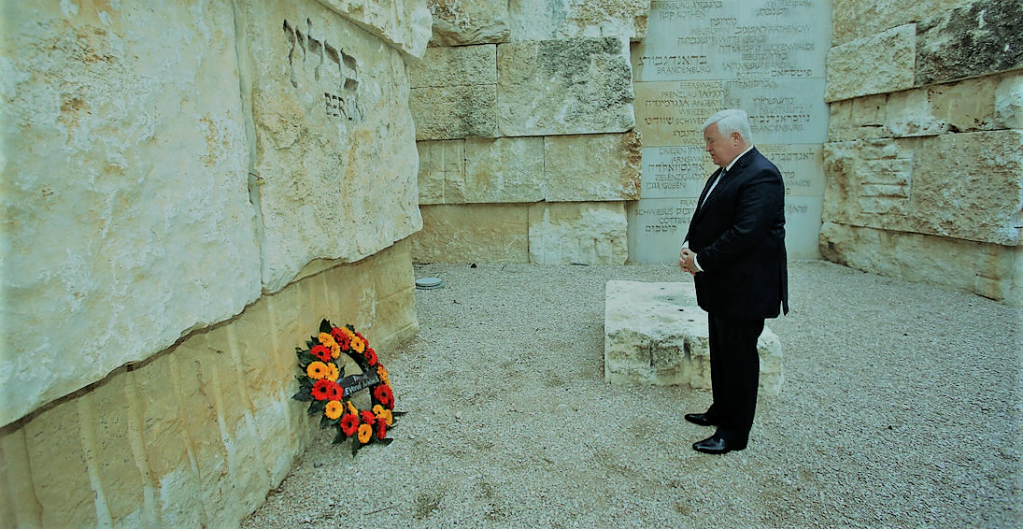
On January 26, 2015, Dr Klaus Engel, the then-CEO of Evonik Industries, visited the Yad Vashem Holocaust Remembrance Center in Jerusalem. He laid a wreath in remembrance of the victims of the Holocaust.
“We bow with humility and feelings of guilt here at this Memorial for the victims of the Holocaust and we ask for forgiveness and reconciliation from those still alive, as well as from the descendants of those who suffered,” he wrote in the Memorial’s visitors book. Dr Engel also said that the values of Germany’s political system must be defended at all costs against those who would stoke the flames of xenophobia, intolerance, and violence.
It appears to me that the legacy of that agent of death is still quite profitable.
sources
https://history.evonik.com/en/predecessor-companies
https://www.auschwitz.org/en/history/auschwitz-iii/ig-farben/
https://www.dw.com/en/stock-of-former-nazi-chemicals-giant-to-be-delisted/a-15327052
https://www.chemeurope.com/en/encyclopedia/IG_Farben.html
https://www.nationalarchives.gov.uk/education/resources/holocaust/trial-bruno-tesch/
https://www.jewage.org/wiki/en/Article:Theodor_Goldschmidt_-_Biography

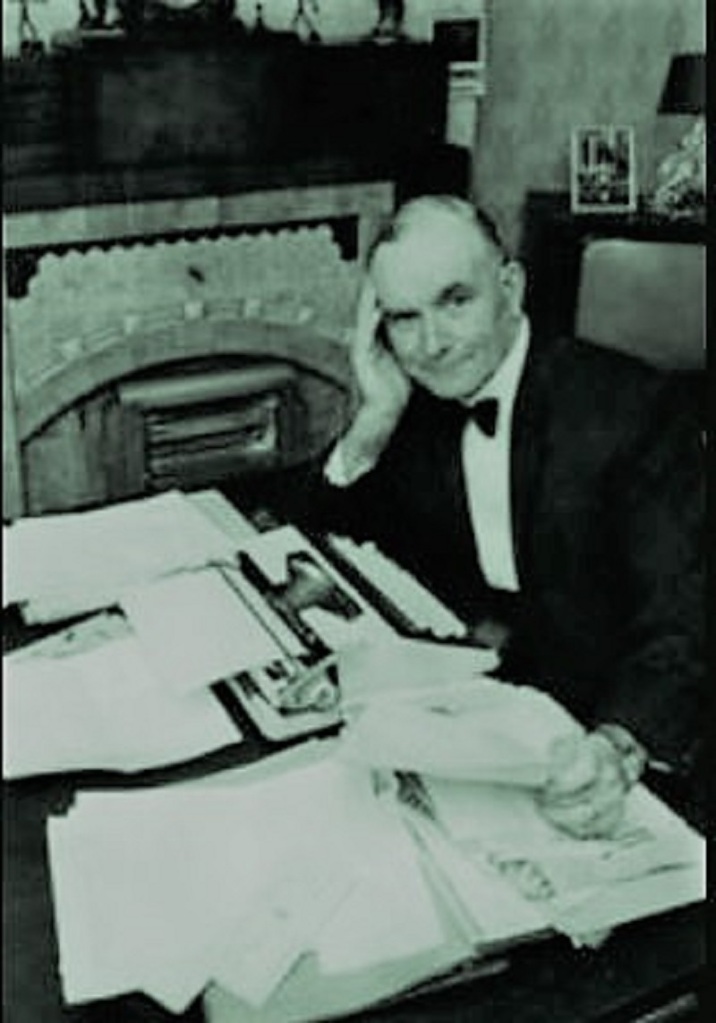
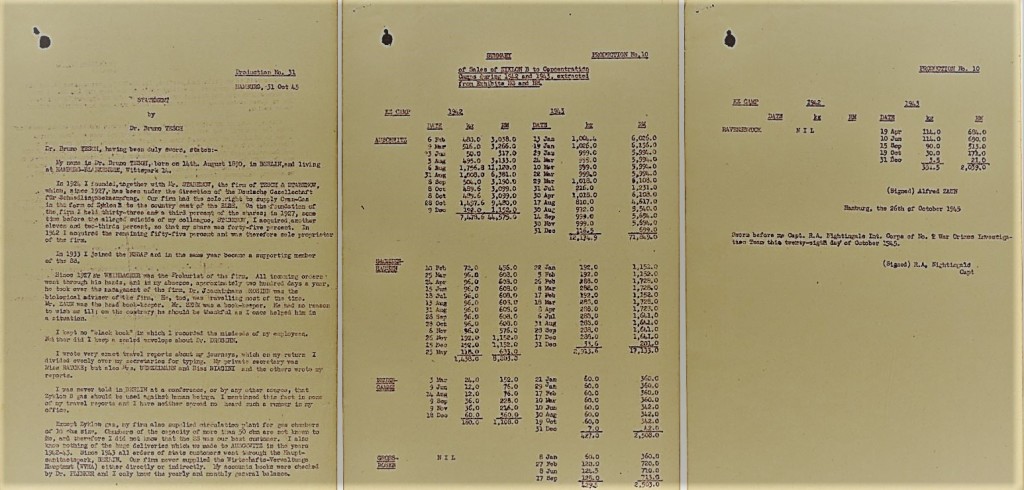


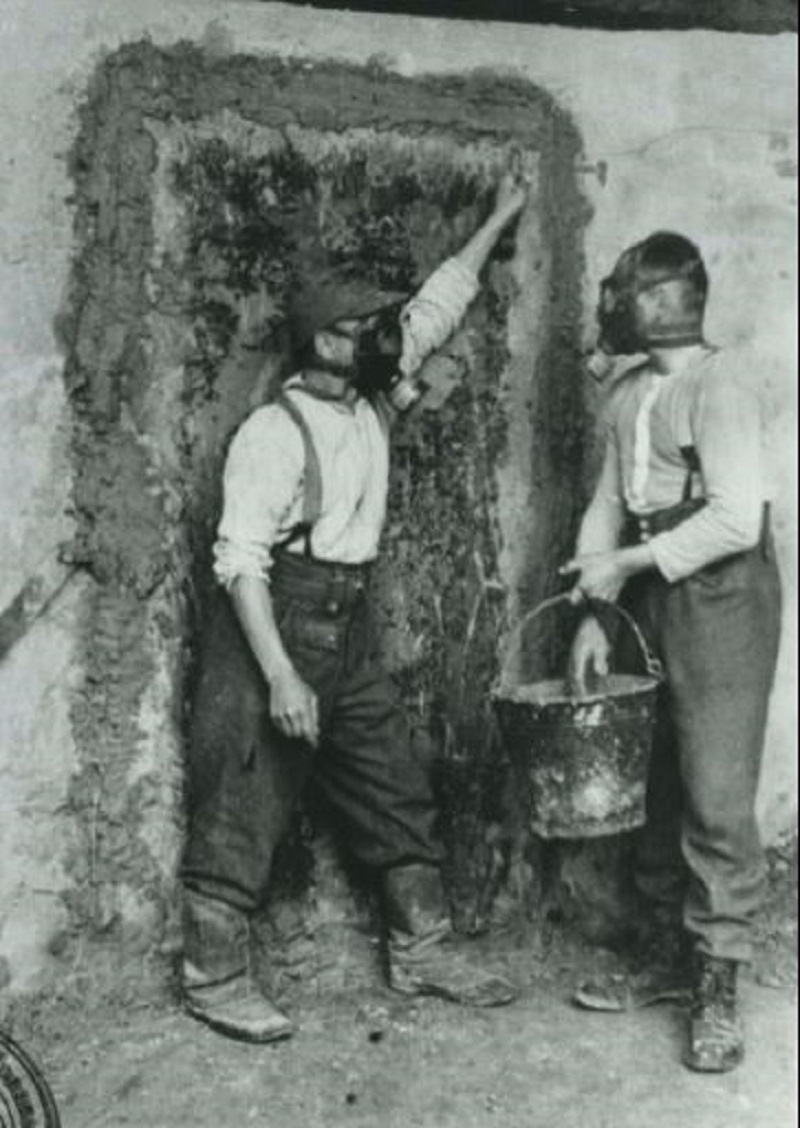
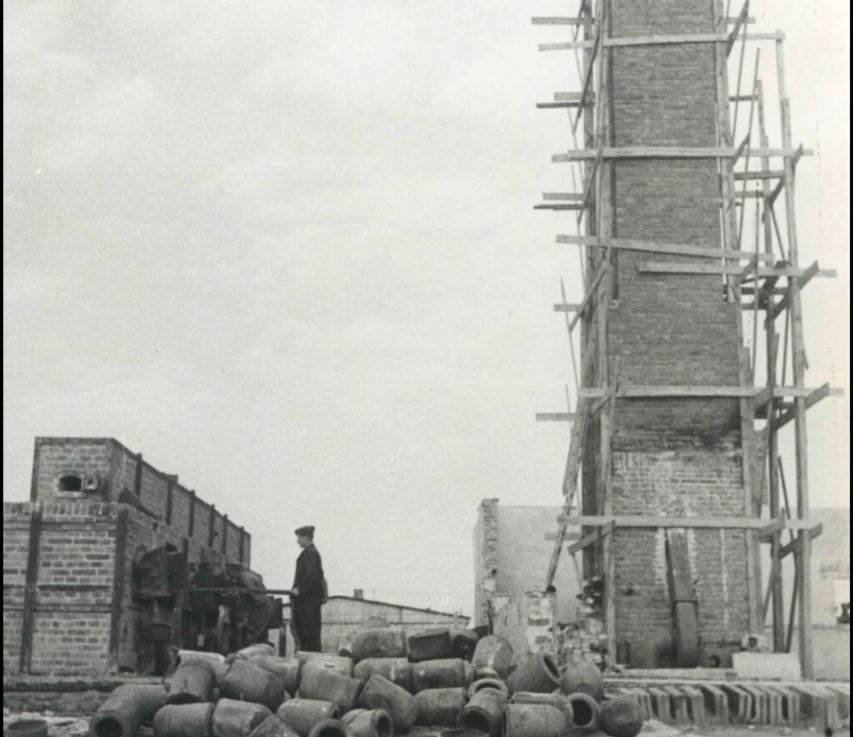
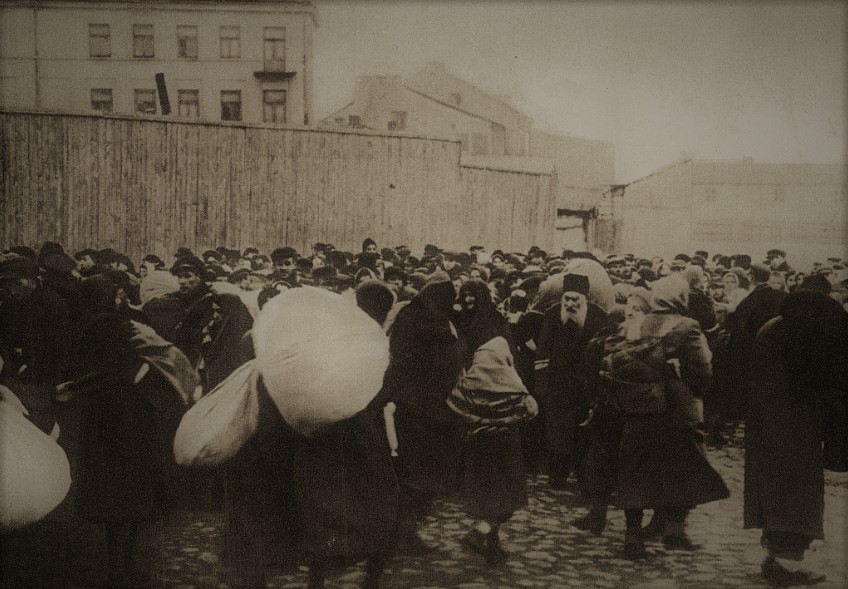

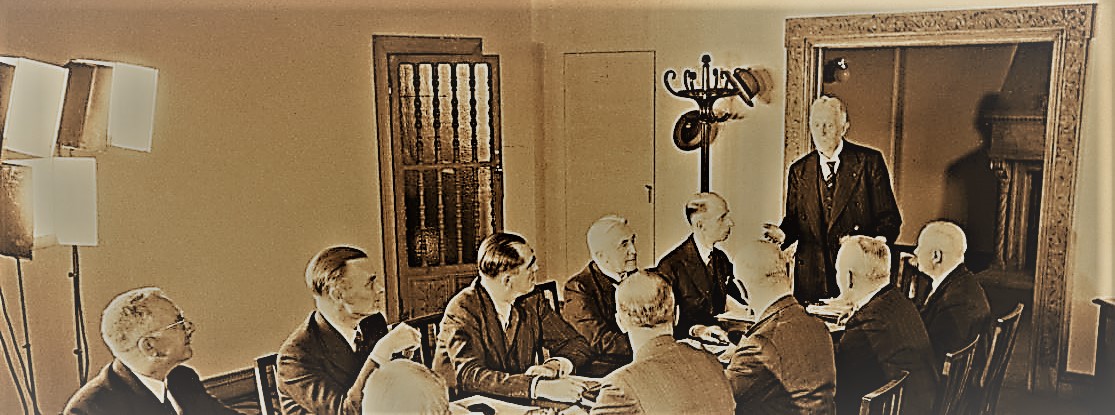
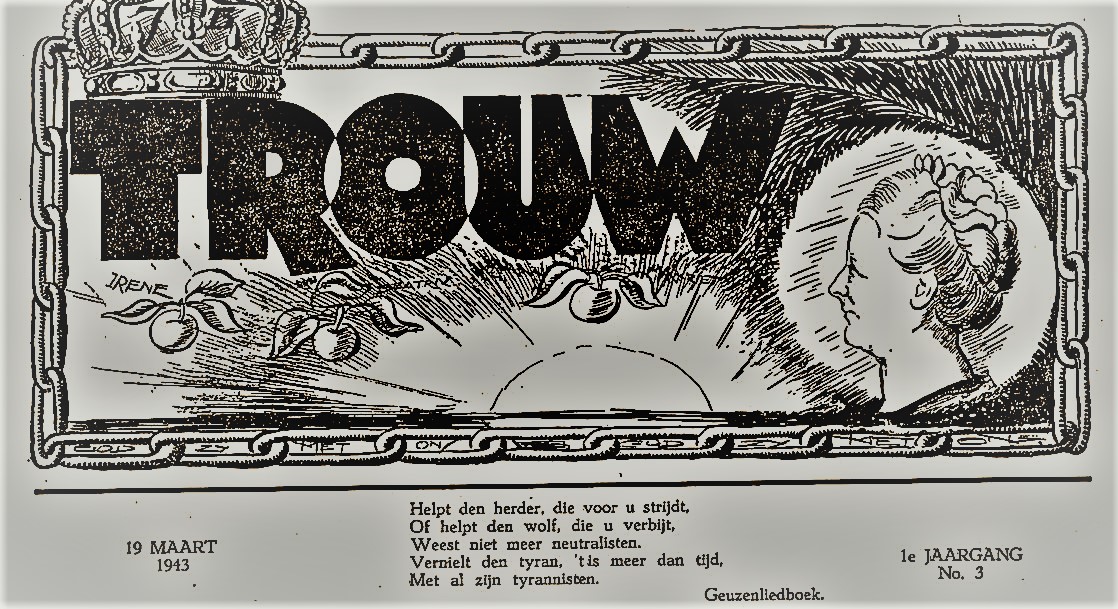


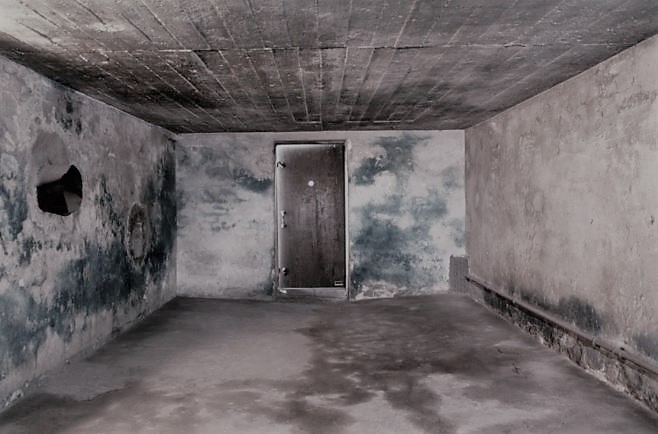
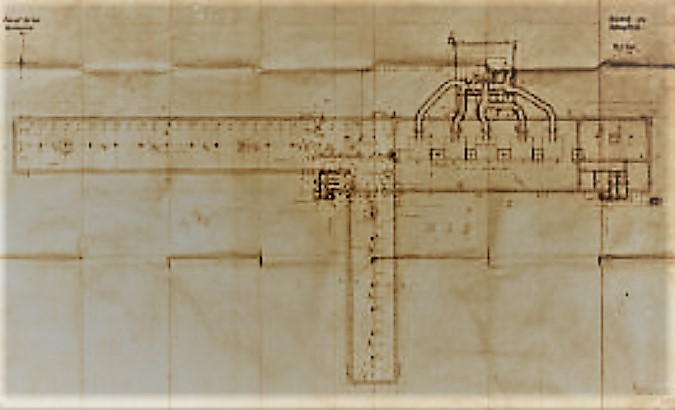

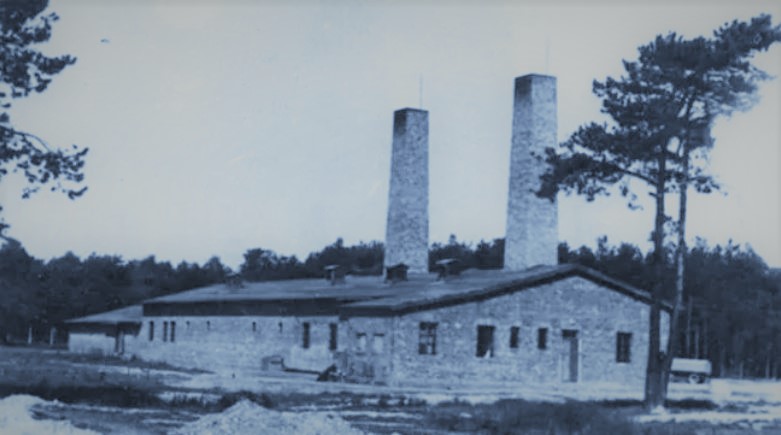
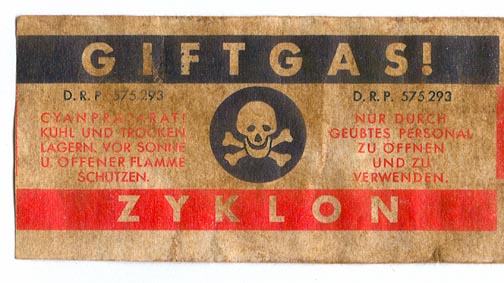
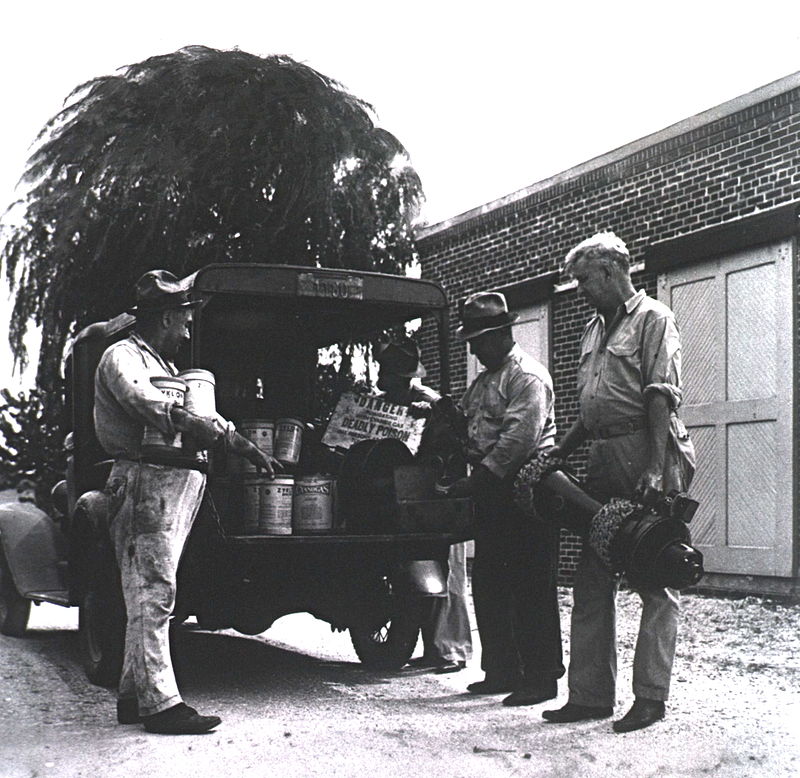
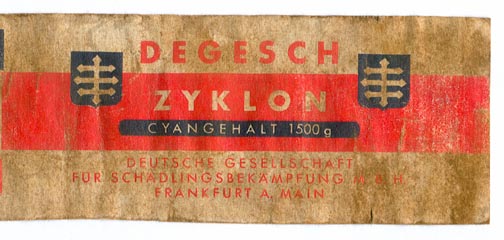
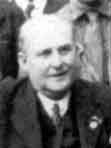 as a chemical weapon in World War I. In 1922, Degesch was purchased by Degussa, where a team of chemists that included Walter Heerdt
as a chemical weapon in World War I. In 1922, Degesch was purchased by Degussa, where a team of chemists that included Walter Heerdt

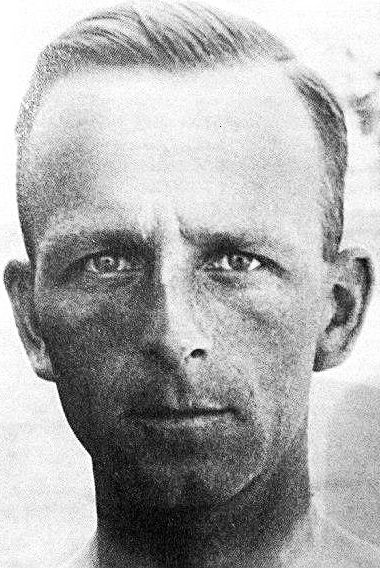
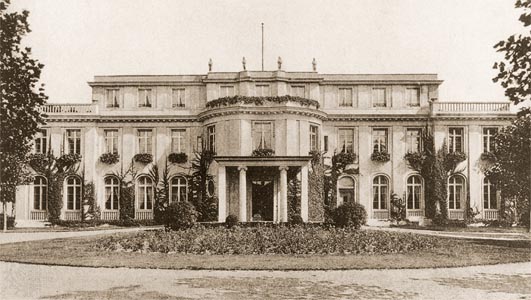
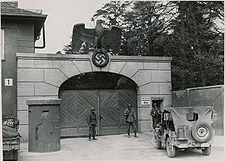

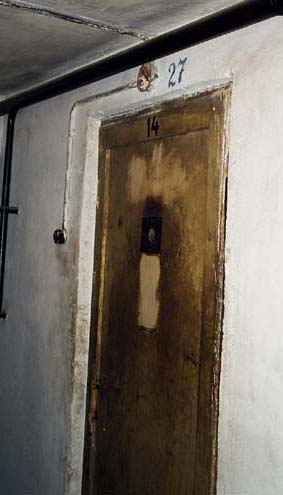
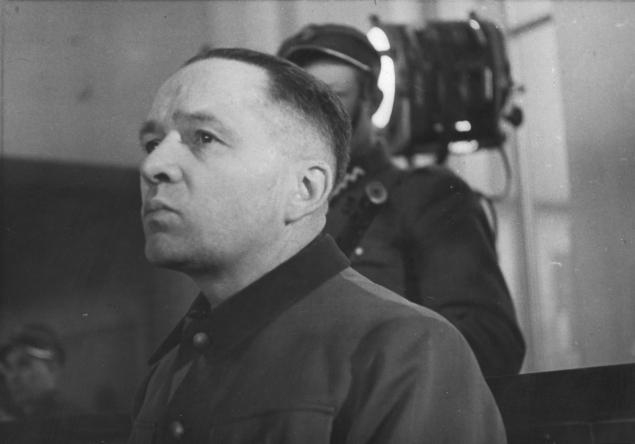


You must be logged in to post a comment.